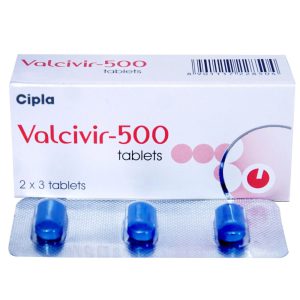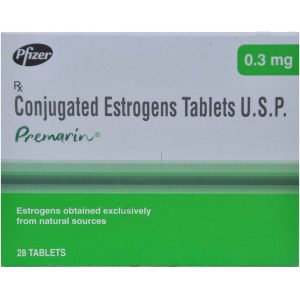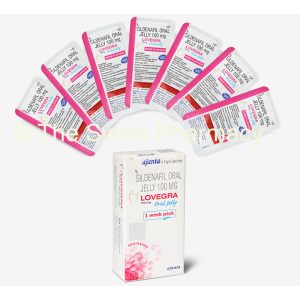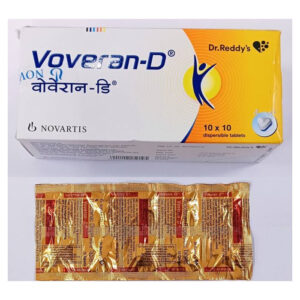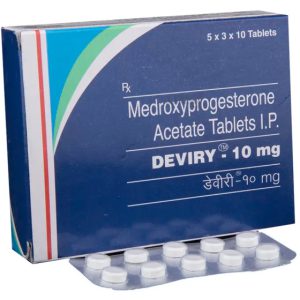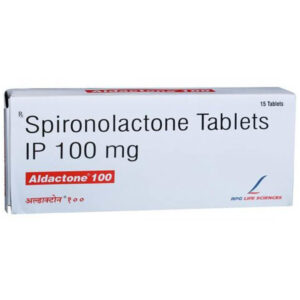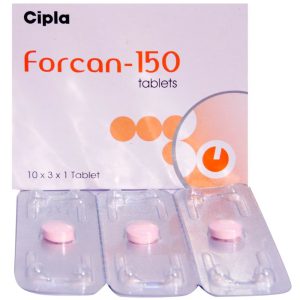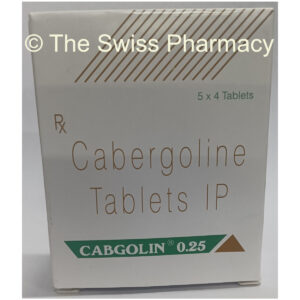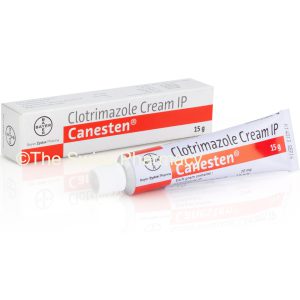Hyperprolactinemia Causes, Symptoms And Treatment – Hyperprolactinemia Management Using Dopamine Agonist Drugs
This is a disorder that could very well be summed up with the phrase ‘its raining milk’!
The Endocrine System
The human body has various forms of control. Nerves are physical tissues that control connected structures via electric charge flowing through them. Another subtler form of control exists.
This is the mysterious endocrine system. Chemicals known as hormones get secreted from glands and work their way through the blood stream to hit specific targets both near and far away from the source.
The Pituitary Gland (Also Known As Hypophyses)
The Pituitary gland is one such endocrine gland. Only, it is the master control box located roughly in the centre of our brain, seated upon a bony saddle (‘Sella Turcica’).
It produces numerous master hormones such as Prolactin, LH (leutenizing), FSH(follicle stimulating), TSH (thyroid stimulating), GH (growth hormone), ACTH (adrenal gland stimulating) and ADH (anti diuretic).
The Hypothalamus And Dopamine
There is however an even higher ‘supreme’ control console that FURTHER controls the pituitary gland. This is the area of the brain referred to as the ‘hypothalamus’. Each of the Pituitary hormones listed above are in turn contolled via hypothalamic hormones often referred to as releasing hormones. What concerns us is the fact that keeping in line with this hierarchy of control, Pituitary Prolactin is in turn controlled by the Hypothalamic hormone ‘Dopamine’.
What is further unique to this particular control echelon is that, unlike other hypothalamico – pituitary regulations which are ‘stimulatory’, Dopamine ‘inhibits’ the release of Prolactin. This fact is core to understanding how Cabergoline and other anti prolactin drugs work.
Prolactinoma
Enlargement of the pituitary gland is called as an adenoma. Sub-centimetric adenomas are referred to as ‘microadenomas’ and those greater than a centimeter are called as ‘macroadenomas’. Since most commonly pituitary adenomas secrete prolactin, they are loosely termed as prolactinomas. What need concern us is what prolactin does in the body.
Prolactin as its name suggests, is more essential to females. It promotes breast milk production by acting on the breast’s lactogenic glands and inhibits fertility by indirectly suppressing ovulation. Thus it can also affect menstrual cycle regularity.
Causes Of Hyperprolactinemia (High Blood Prolactin Levels)
Psychological Factors
Emotional stress, Psychiatric disorders
Physiological Factors
Nipple stimulation, Intercourse, Pregnancy, Post partum, Surgery, Anaesthesia and chest wall trauma.
Hypothalamic Factors
Arachnoid cyst, Dermoid cyst, Pineal tumors, Optiochiasmic glioma and Craniopharangioma.
Pituitary Conditions
Microadenoma, Macroadenoma, Hypothyroidism, Acromegaly, Addisson’s disease, Cushing’s Syndrome, trauma to the neuro hypophyseal stalk.
ANTIHYPERTENSIVES DRUGS
a-Methyl dopa (ALDOMET), Verapamil, Reserpine
ANTI DEPRESSANTS
Imipramine , Amitryptylline (TOFRANIL, PAMELOR)
ANTI PSYCHOTICS
Chlorpromazine(THORAZINE), thioridazine (MELLARIL), pimozide (ORAP), loxapine (LOXITANE), clozapine (CLOZARIL), olanzapine (ZYPREXA), risperidone (RISPERDAL), penfluridol, haloperidol (HALDOL), droperidol (INAPSINE).
DRUGS WITH ANTI DOPAMINE ACTIVITY
Metoclopramide (REGLAN), Procainamide (PROCAN), Estrogens (LYNORAL, PROGYNOVA, EVALON), Opioids and Cimetidine (TAGAMET).
Hyperprolactinemia Symptoms – CLINICAL MANIFESTATIONS OF HIGH PROLACTIN LEVELS
Patients with high prolactin levels in blood (> 20 ng/ml) present with absent periods or irregular cycles (amenorrhoea, oligomenorrhoea), milk excretion from the breasts (galactorrhoea), infertility and rarely from pressure symptoms of the enlarged pituitary gland pressing upon surrounding brain structures; pressure symptoms comprise headaches, visual disturbances (bi temporal hemianopia) and paralysis of the muscles that move the eyeball.
Hyperprolactinemia Investigations
Serum Prolactin Assay
The most important investigation is serum prolactin levels. If < 20ng/ml they are considered normal. A Level between 20 -100 ng/ml is usually due to a microadenoma and is amenable to short courses of dopa agonist drugs (Cabergoline).
A Level more than 100 ng/ml needs more aggressive and prolonged drug (Cabergoline) treatment and may require surgery if not responding to the above.
Cone Down Lateral X-Ray Of The Skull
This X ray of the skull bone focuses upon the center of the base of the skull thereby homing onto the ‘Sella Turcia’ or the saddle shaped bony recess in which the Hypophyses (Pituitary) is housed.
MRI
This costly investigation is nonetheless the best to exactly delineate and measure the pituitary size.
Macroadenomas are distinguished from Microadenomas based upon this test. More often than not, causes other than prolactinomas, if present, are detectable.
Thyroid Function Tests
T3, T4, TSH is a must in all cases simply because it is known that hypothyroidism especially in peak severity stimulates prolactin secretion.
In such cases Hypothyroidism merits treatment which will automatically correct the raised prolactin levels.
Treatment Of Hyperprolactinemia Using Dopamine Agonist Drugs
Dopamine agonist drugs (DOSTINEX) are the mainstay of therapy. Management protocols are best left to gynecologists, neuroendocrionologists and neurosurgeons who basically tailor drug treatment durations and suggest alternatives for failed medical (drug) management.
Bromocriptine (PARLODEL) was the prototype dopamine agonist. Recently however it has been superceeded by its cousin Cabergoline (DOSTINEX) precisely because of its longer duration of action, safer adverse reaction profile and more potent action.
What Is Cabergoline?
Cabergoline (Dostinex) is an Ergot alkaloid derivative drug.
How Does Dostinex Work
Being a dopamine agonist, it stimulates the pituitary dopamine receptors. This triggers the inhibition or cessation of Prolactin secretion.
With time there is progressive shrinkage in pituitary size and reversal to normal prolactin levels.
How Long Does Cabergoline Take To Work
In cases of microadenoma and drug induced elevated prolactin levels, reversal to normal values is noted by 6 to 12 weeks. Macroadenomas and malignant tumors need either prolonged therapy for at least a year coupled with operative intervention where necessary.
Where surgery to remove or reduce the size of the pituitary is contemplated, DOSTINEX will play a beneficial role in reduction of gland size thus aiding surgery considerably.
What Is Cabergoline (Dostinex) Used For
In addition to pathological hyper prolactinemia, Dostinex is very useful to suppress lactation in mothers (physiological) who were pregnant and have lost their infants or neonates either during pregnancy or after childbirth (late miscarriages, abortions, still births, neonatal deaths, infant deaths).
Dostinex Dosage
For physiological galactorrhoea, 0.5 mg of Dostinex twice in 24hrs suffices to suppress lactation or stop established lactation (Just two tablets).
For pathological (microadenoma, drugs etc) galactorrhoea/hyperprolactinemia 0.5mg is needed every week for a minimum of six weeks.
Cabergoline And Pregnancy
Cabergoline improves fertility, and pregnancy can result in infertile women with hyperprolactinemia while on therapy. Cabergoline must be stopped as early as possible once pregnancy is detected.
Side Effects Of Cabergoline
Headache, fall in Blood Pressure, Nasal congestion, Drowsiness, irritability, Disorientation, Nausea, Vomiting and Constipation are known.
Conclusion – Hyperprolactinemia Management Using Dopamine Agonist Drugs
The condition of Hyperprolactinemia is associated with galactorrhoea in 60% cases. As the affected lady gradually grasps the fact that her abnormal milk production is related to a possible tumor in her brain, her senses are heightened into an anxious trance wherein she begins to worry about her life and the future of her family.
Rest assured, this condition is highly benign and mostly a removable cause is found (anti psychiatric medication). The majority of cases are easily and definitely managed by Cabergoline (DOSTINEX).
